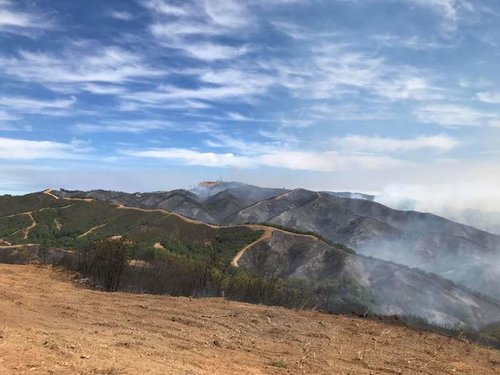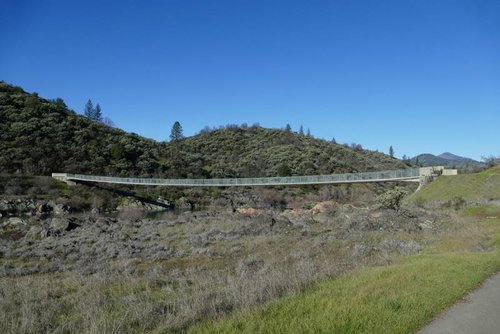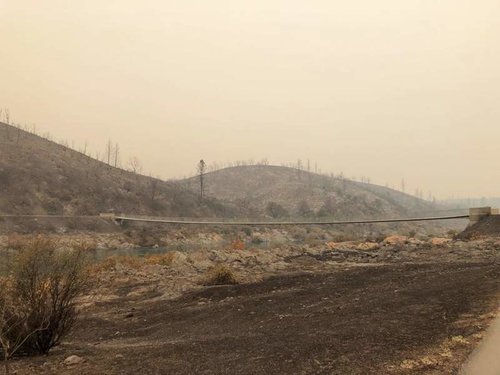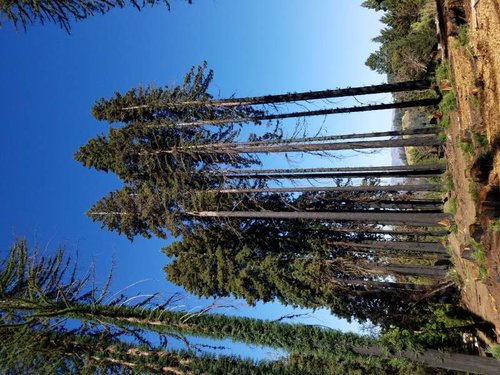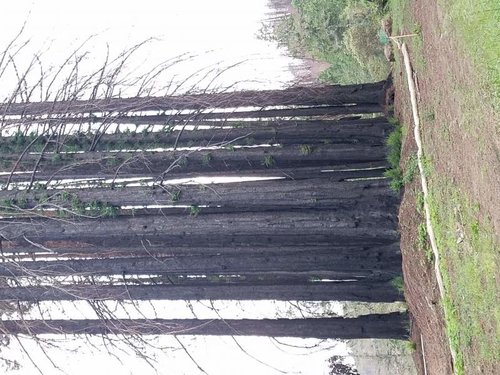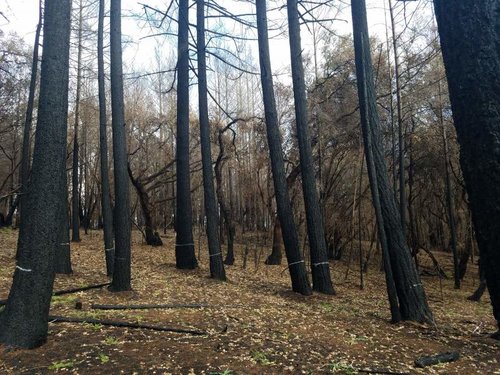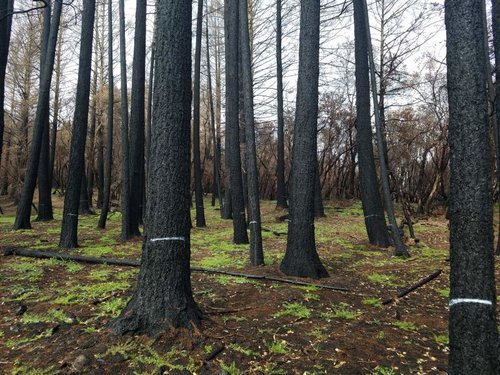jumpshooter
Member
- Joined
- Aug 11, 2015
- Messages
- 42
At some point in time, I hope that you can do a podcast on forestry. It is such an important topic to the well being of our wildlife, our public land management policy (or lack thereof), and of our rural economies.
There are so many topics here to hit, CBD, the Sierra Club and all their minions, and how they have basically locked up the proper management of our National Forests since 1990 when the spotted owl was listed.
The need to selectively manage our lands to have different mosaic of habitat for wildlife to have for foraging, shelter, and wintering. Our forests today are so dense that if anyone farts, it could start a wildlife.
Forestry doesn't have to be a 4 letter word. There are plenty of great examples of proper forest management out there to see and show as a good representation of how logging can mimic low intensity fire.
Furthermore, the Forest Service is continuing to talk about budget issues. Here in California, we have something like 160 million dead trees. Those trees died from drought due to over stocking. If we had been managing our forests, we could support local loggers, sawmill workers, and home builders. Today, we are exporting our logs overseas to China and then getting them back in the form of crap. We could have a healthy and vibrant industry (based in sustainable management) in a lot of areas which are really struggling for work. furthermore, that is a ton of money that the Forest Service would then have to actually manage our forests instead of spending all their budgets on watching our forests burn up.
Our wildlife depend on these forests and grasslands and we need proper management. Remember that no management is a decision as well. This all plays into what a lot of the Utah guys are using against public land ownership. Why not just manage what we have and not sell it off?
There are some very good people out there to talk with about this topic if you need suggestions, let me know.
There are so many topics here to hit, CBD, the Sierra Club and all their minions, and how they have basically locked up the proper management of our National Forests since 1990 when the spotted owl was listed.
The need to selectively manage our lands to have different mosaic of habitat for wildlife to have for foraging, shelter, and wintering. Our forests today are so dense that if anyone farts, it could start a wildlife.
Forestry doesn't have to be a 4 letter word. There are plenty of great examples of proper forest management out there to see and show as a good representation of how logging can mimic low intensity fire.
Furthermore, the Forest Service is continuing to talk about budget issues. Here in California, we have something like 160 million dead trees. Those trees died from drought due to over stocking. If we had been managing our forests, we could support local loggers, sawmill workers, and home builders. Today, we are exporting our logs overseas to China and then getting them back in the form of crap. We could have a healthy and vibrant industry (based in sustainable management) in a lot of areas which are really struggling for work. furthermore, that is a ton of money that the Forest Service would then have to actually manage our forests instead of spending all their budgets on watching our forests burn up.
Our wildlife depend on these forests and grasslands and we need proper management. Remember that no management is a decision as well. This all plays into what a lot of the Utah guys are using against public land ownership. Why not just manage what we have and not sell it off?
There are some very good people out there to talk with about this topic if you need suggestions, let me know.




